Modern Learning Environment
Schools in New Zealand are currently being encouraged to develop Modern Learning Environments to better meet the learning needs of their students. At Ridgway we are exploring ways that we can apply modern practices to improve our student achievement, as well as the quality of experience for our learners.
In planning for the roll growth that typically occurs during our spring term, we made a deliberate decision to apply the principles of a Modern Learning Environment (MLE) to our organisation of classes. Some of the most obvious features of a MLE include flexible use of space, collaboration between teachers, and grouping children for specific learning purposes. What this often ‘looks like’ is 2-3 teachers, working in a large space with a large group of children.
Teachers In our New Entrant and Year 1 classes have worked closely together throughout the year, but have increasingly sought to become more collaborative since the start of Term 3, in order to cater for the needs of this growing group of children.
There are many advantages in this collaborative teaching model that have a direct benefit to children’s learning and I’ve noted some of the benefits that our teachers have already noticed here.
-
Targeted teaching: More groups are available so children are more likely to be placed into a group that specifically targets their personal next learning steps. As the instruction is more focused on exactly what they need to learn now, children can more quickly move to the next level.
-
Positive relationships: Children are able to interact and get to know several teachers, which deepens the level of pastoral care they are provided with as their unique personality and needs are known and supported by more than one teacher. This will have a flow on positive affect when new classes are formed for 2015.
-
Distractions reduced: Our juniors have a large connected space and in the past have found that when 3 teachers have operated separate classes and programmes, noise and other classes’ activities have been a distraction for children. By working collaboratively and aligning the programmes across the three classroom spaces our junior teachers have been able to reduce distraction issues.
-
Peer support for teachers: Teachers working collaboratively can learn and benefit from the strengths of their teacher peers. As teachers see how others do things, their own performance and expertise can be enhanced.
-
Better able to deal with problems: When a problem arises in a class the teacher must deal with it immediately often at the expense of learning activities (this could be a sick child, a behavioural issue, or any number of other things). When teachers are working as a team, learning can continue for the majority of children as other teachers are available to oversee this while one teacher deals with the problem.
We expect to continue to develop our Modern Learning Environment approach throughout the whole school in the next couple of years as our building programme provides us with the flexible spaces to do so.
Parents of children in our Y0-1 teaching area will receive a newsletter this week to outline more specific details of changes happening in this area. I will add that to the principal's blog soon.




Find us on Facebook
Copyright 2020 Ridgway School | Contact Us | Designed by Expert and Powered by MoST
Playground design by Mark Newdick, Photography by Andy Spain